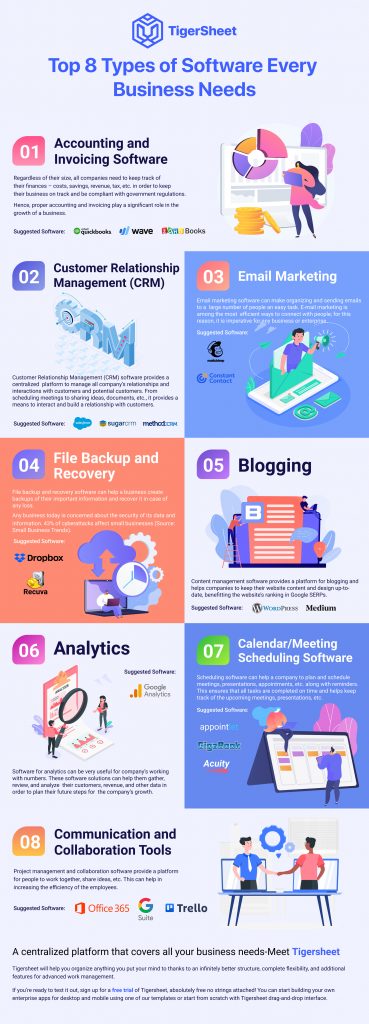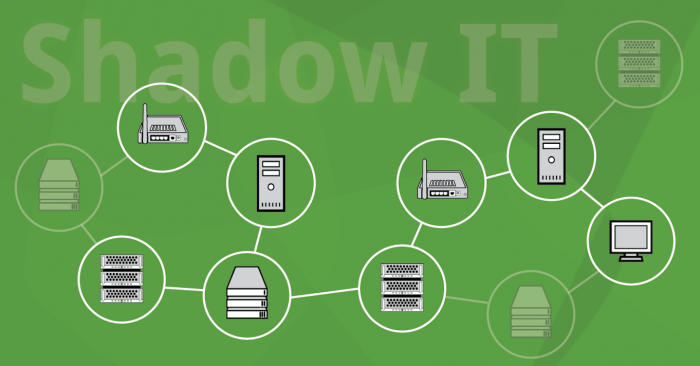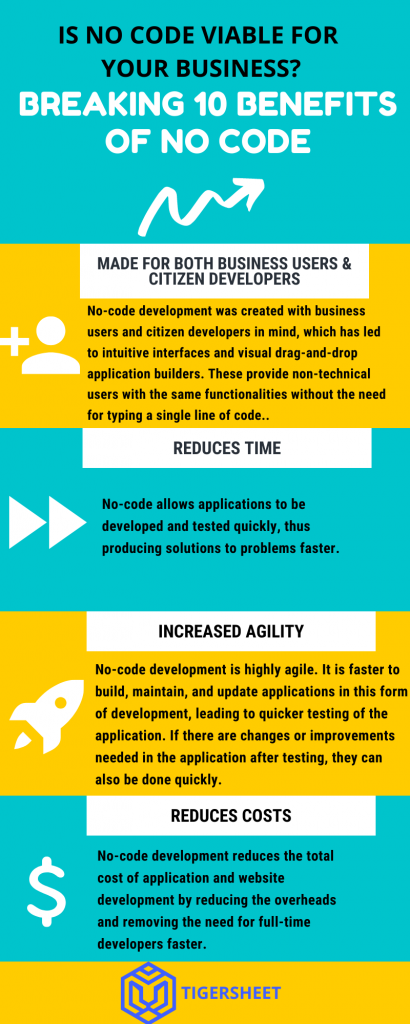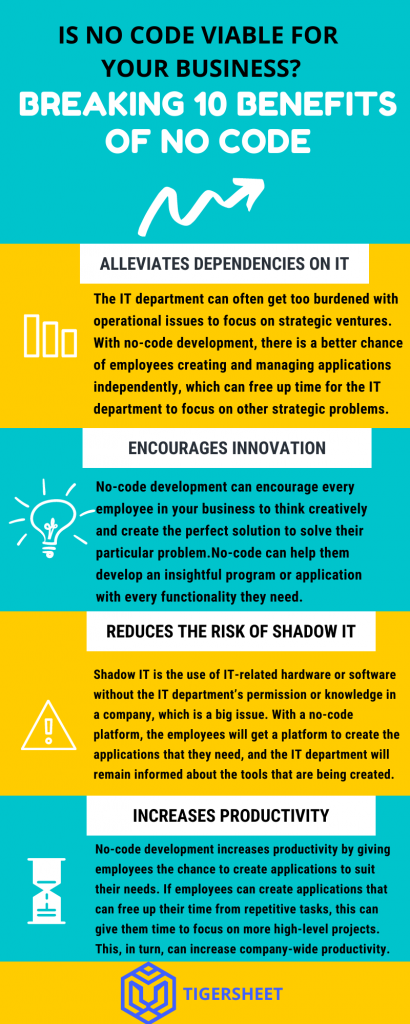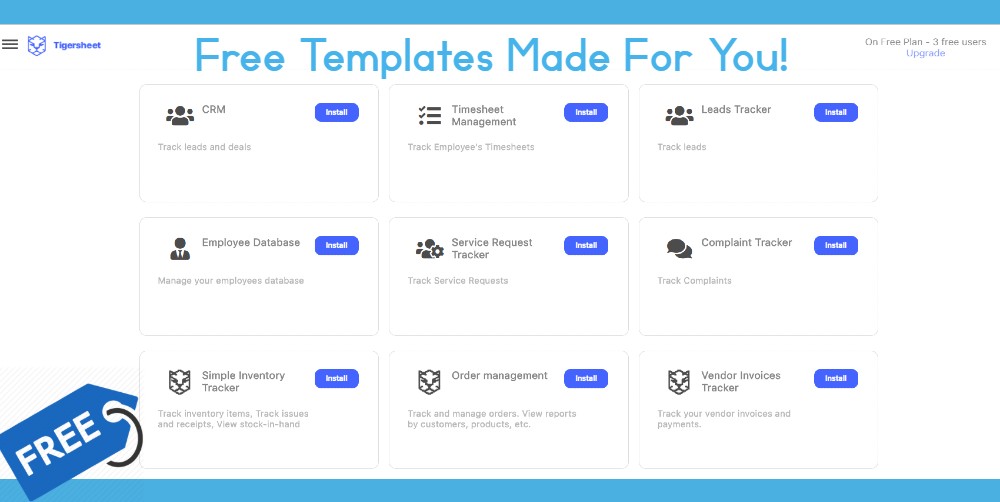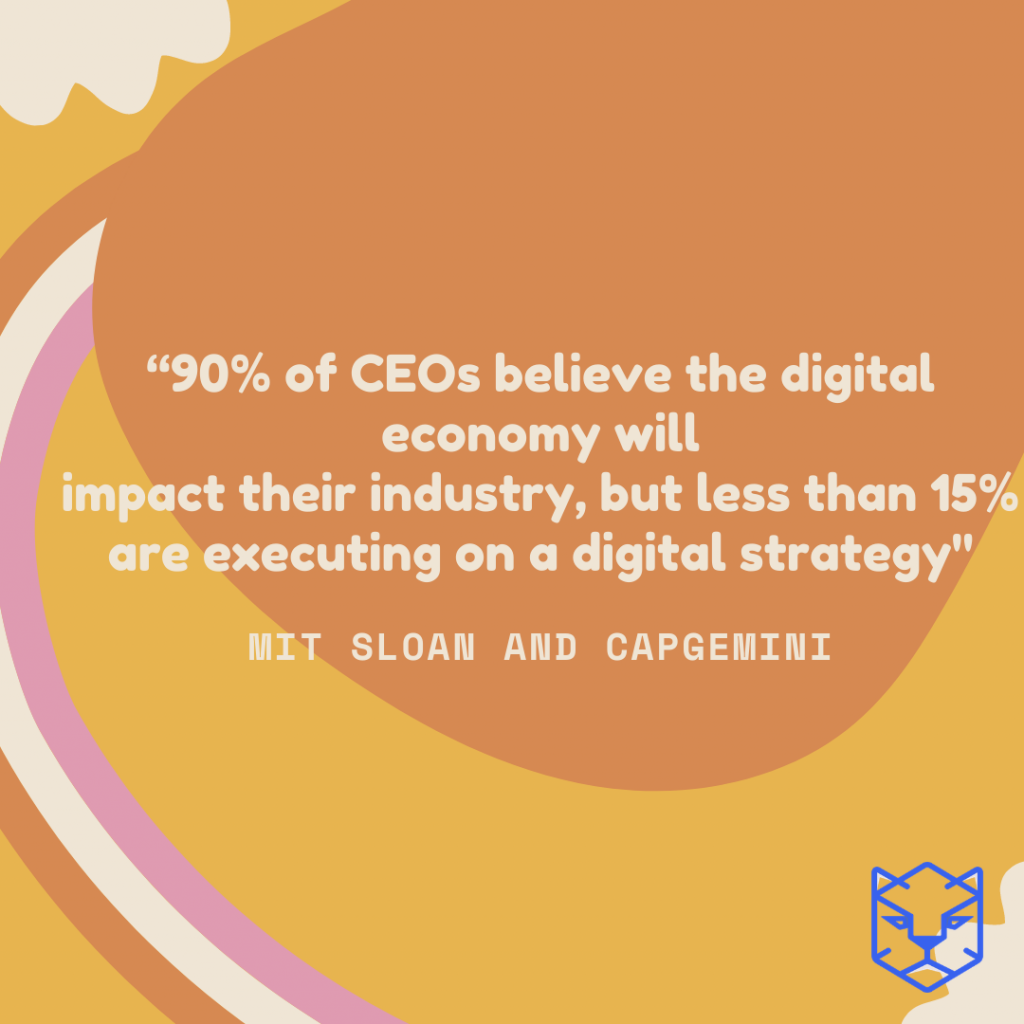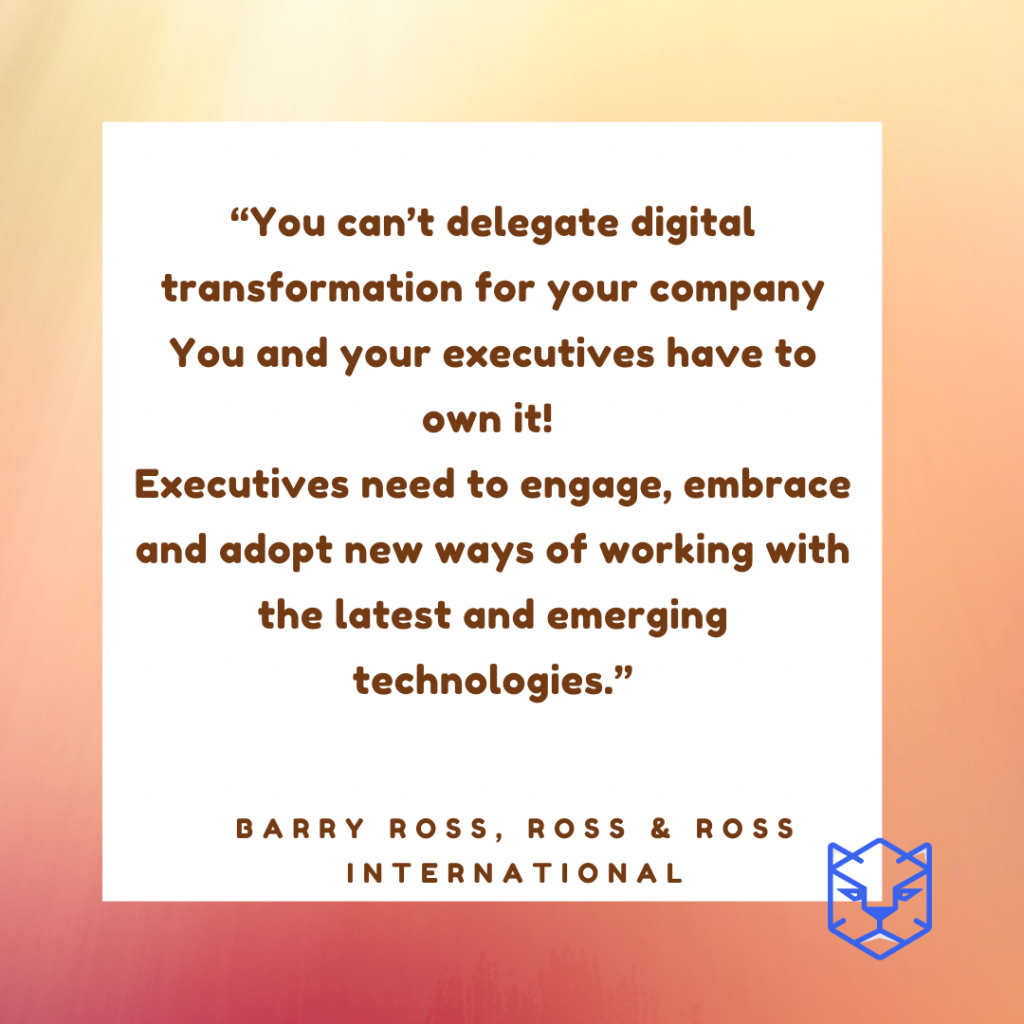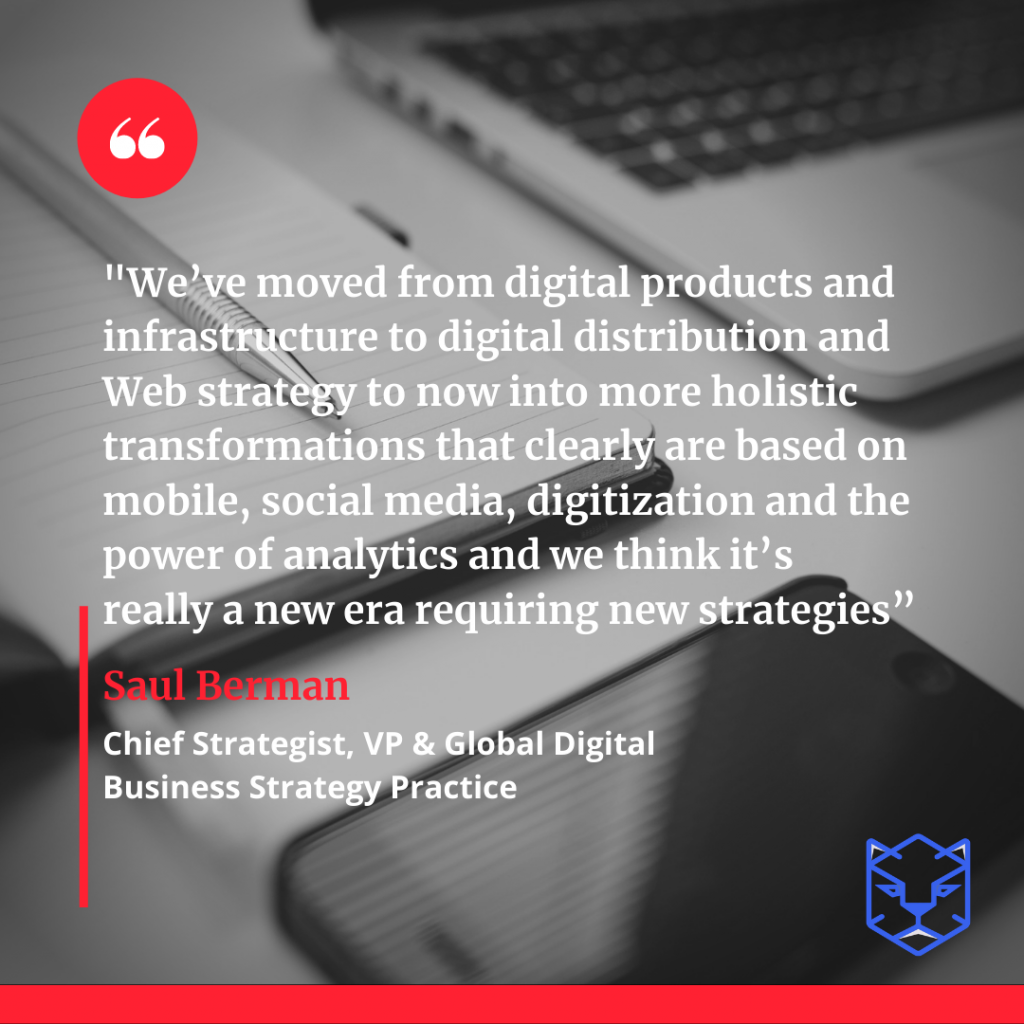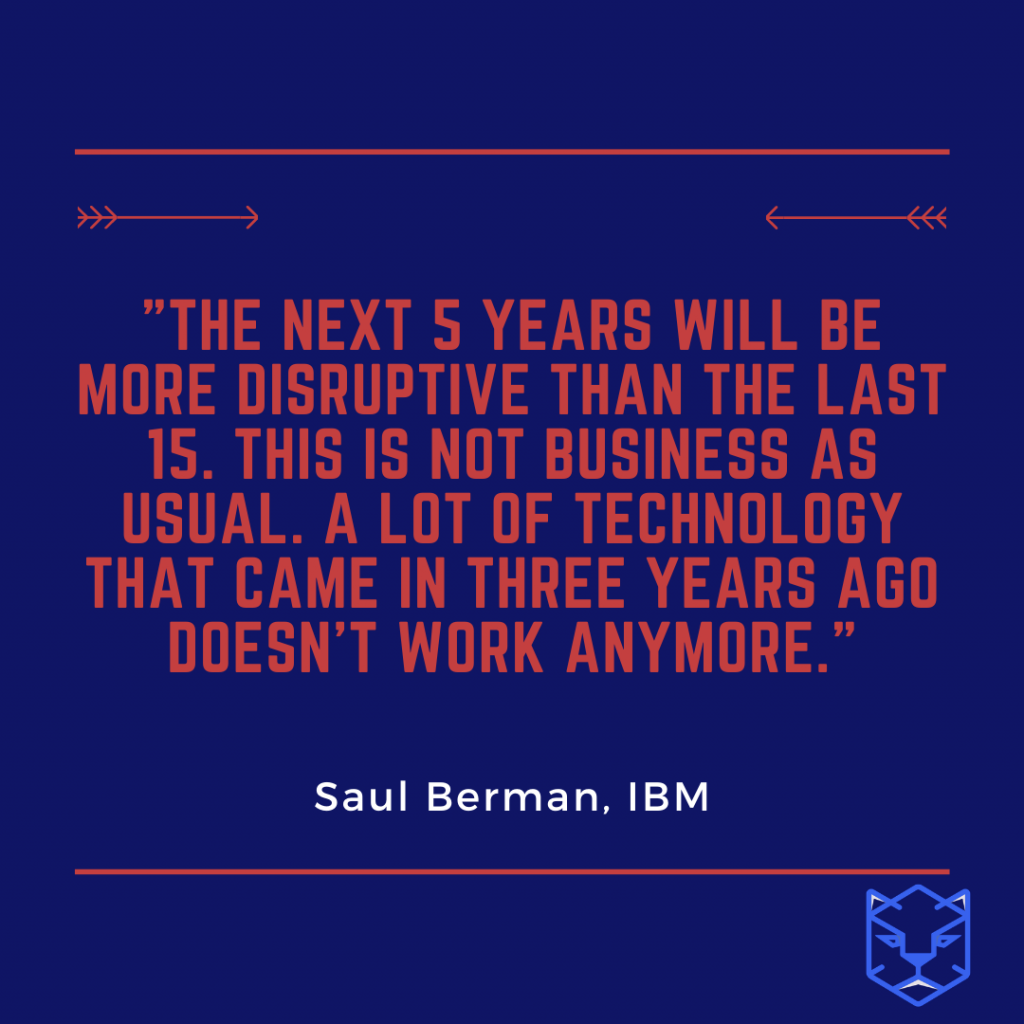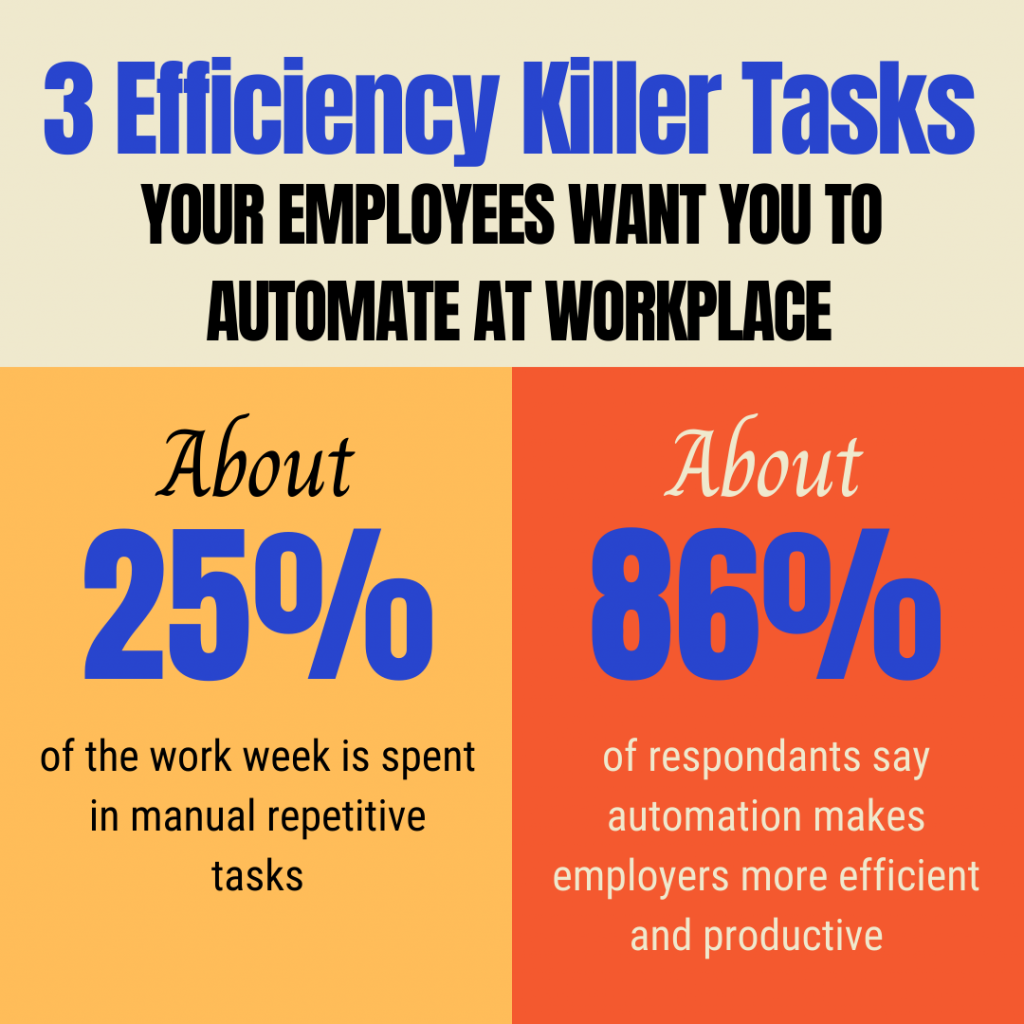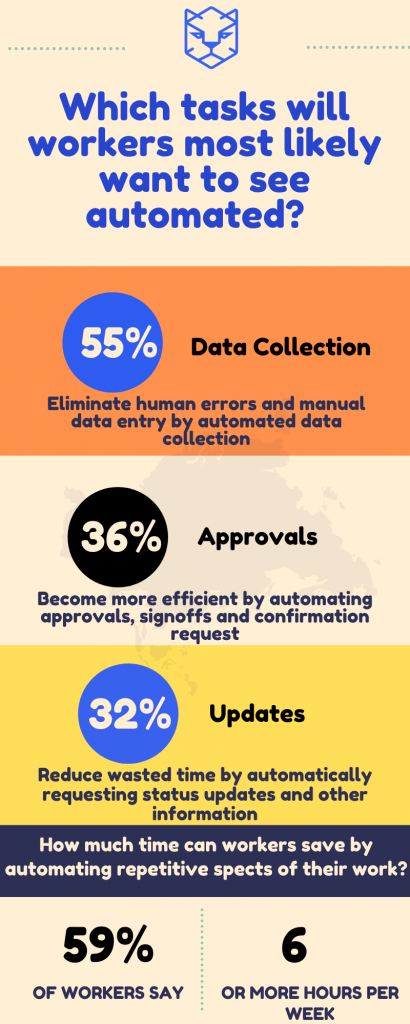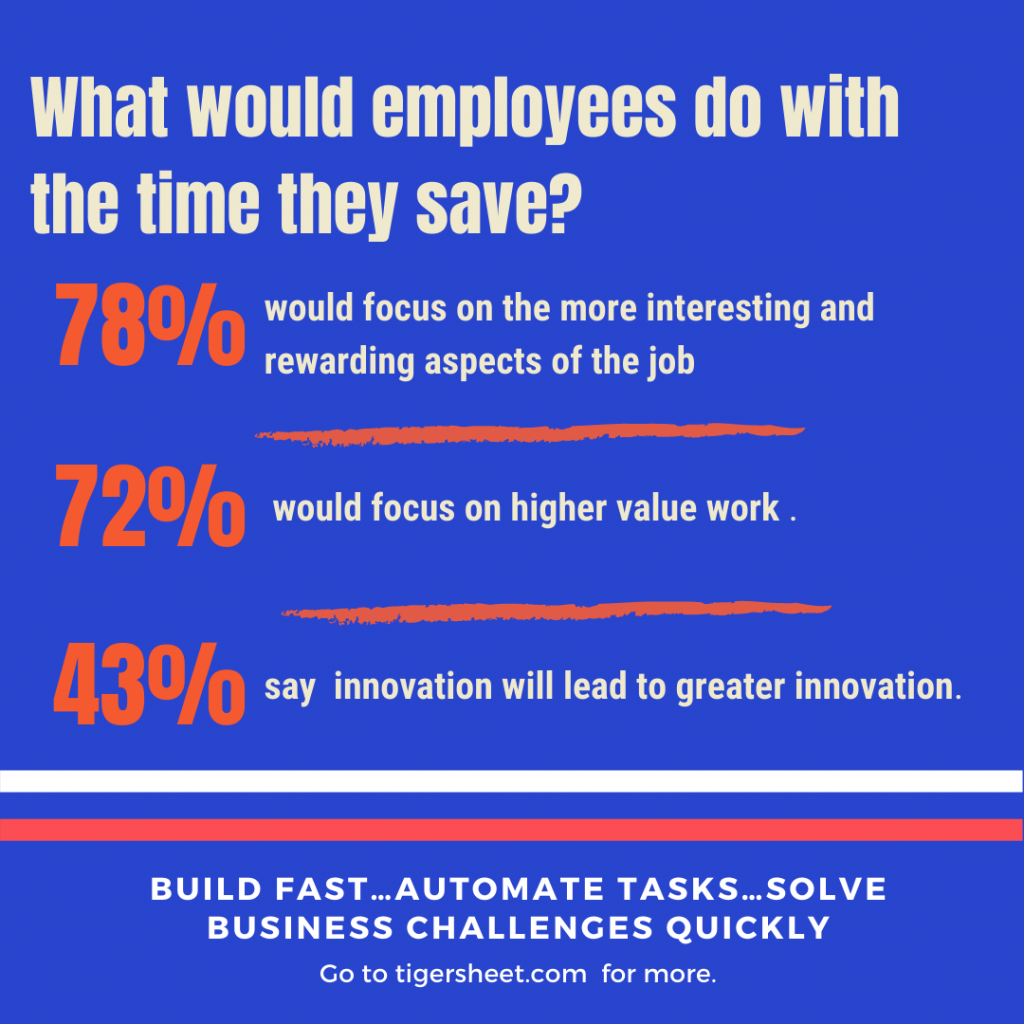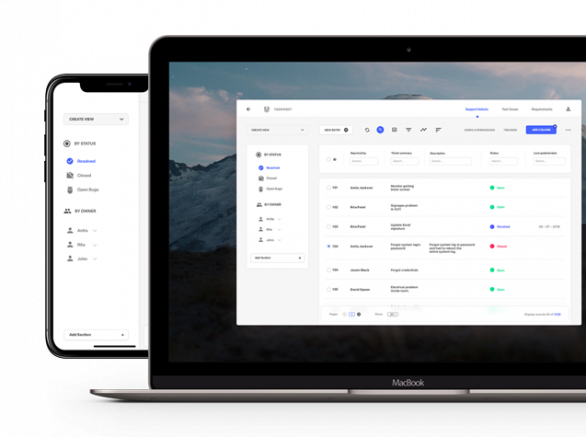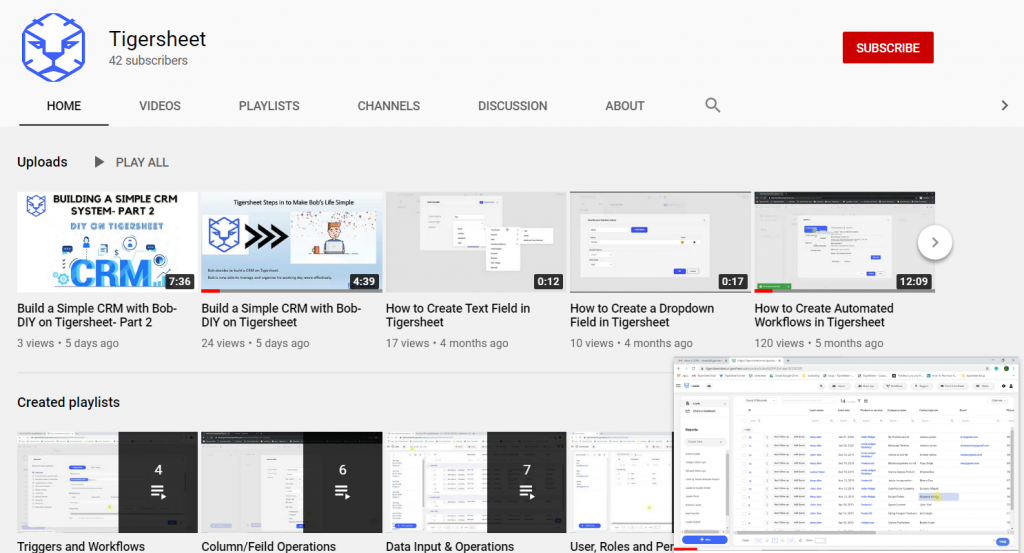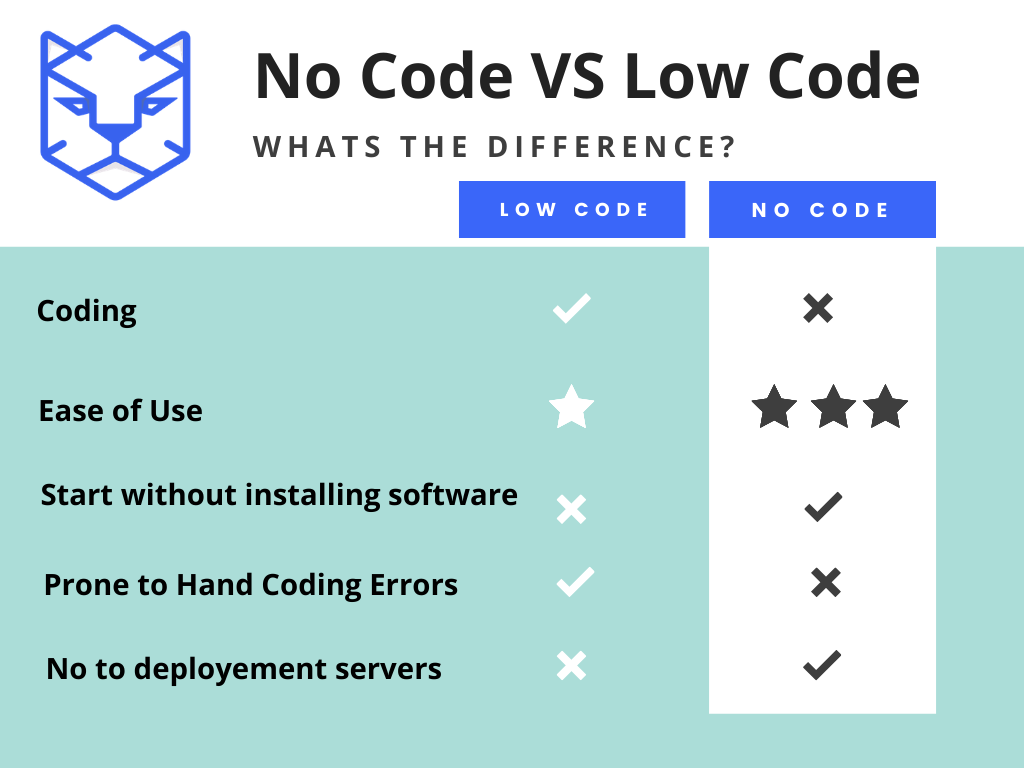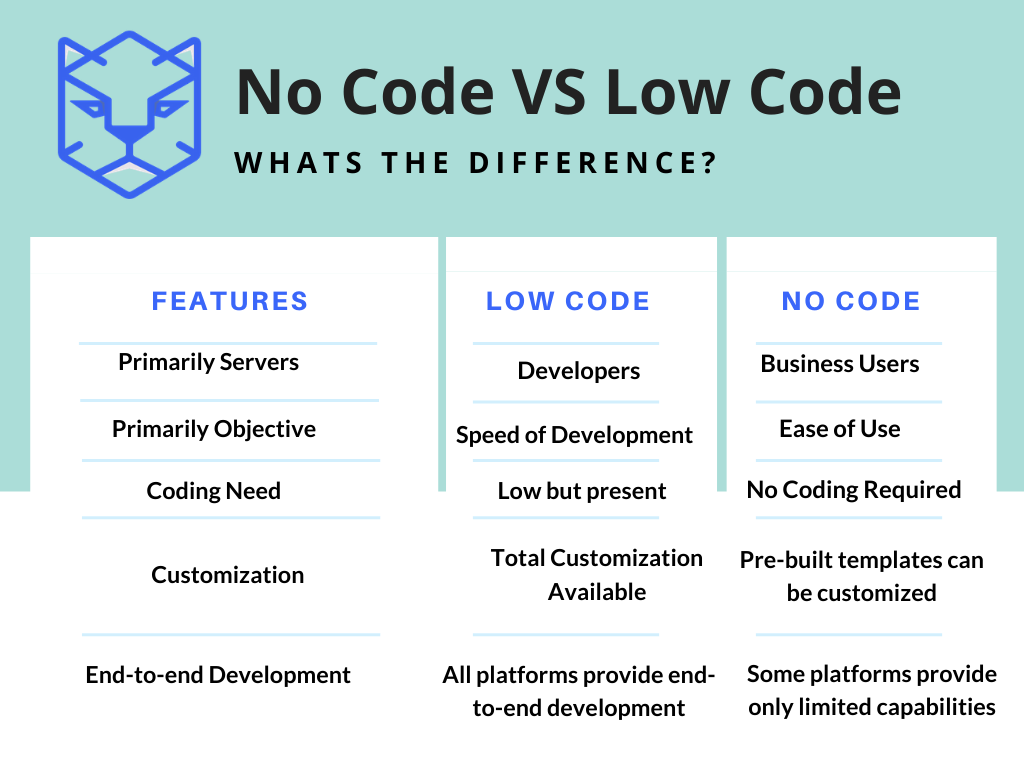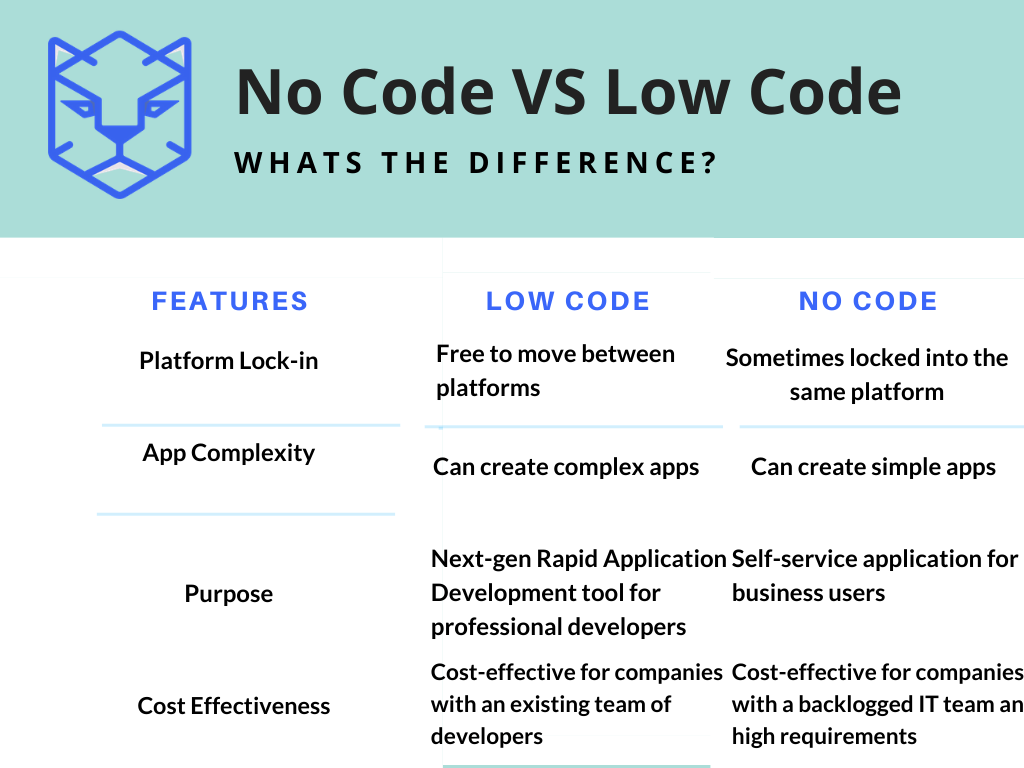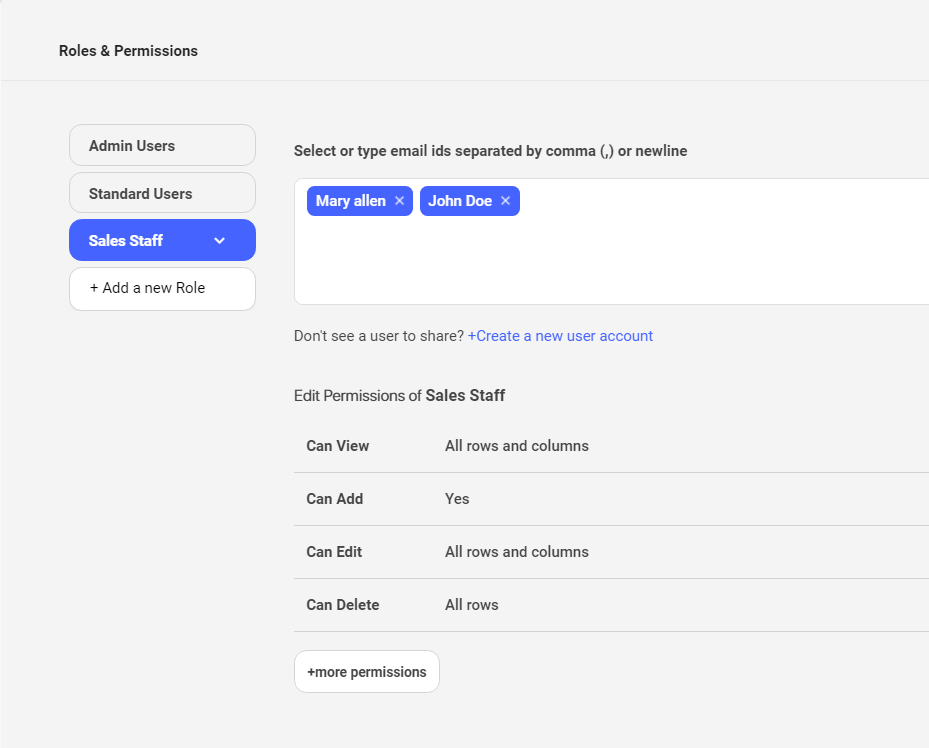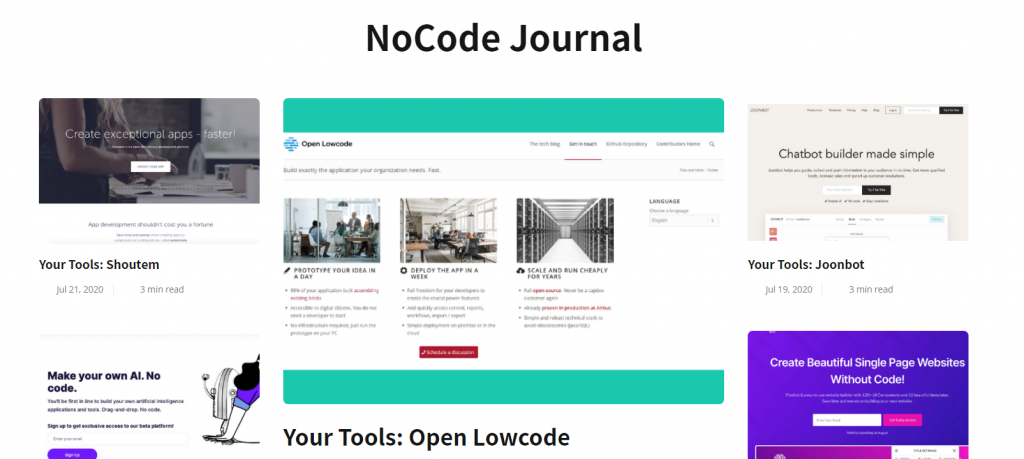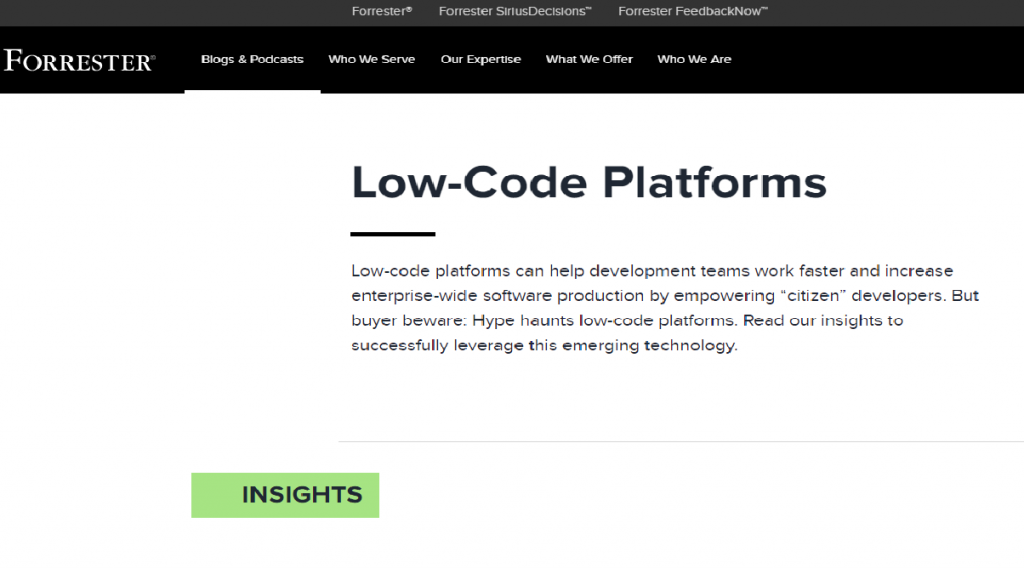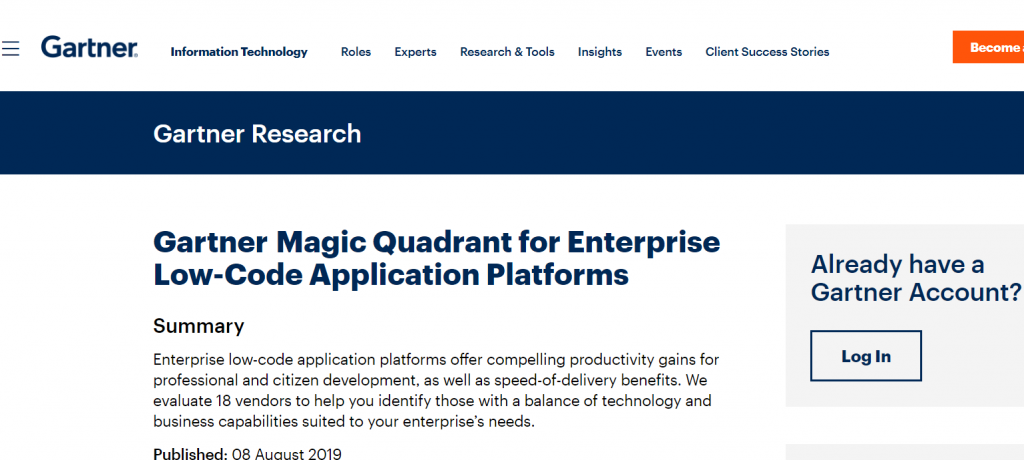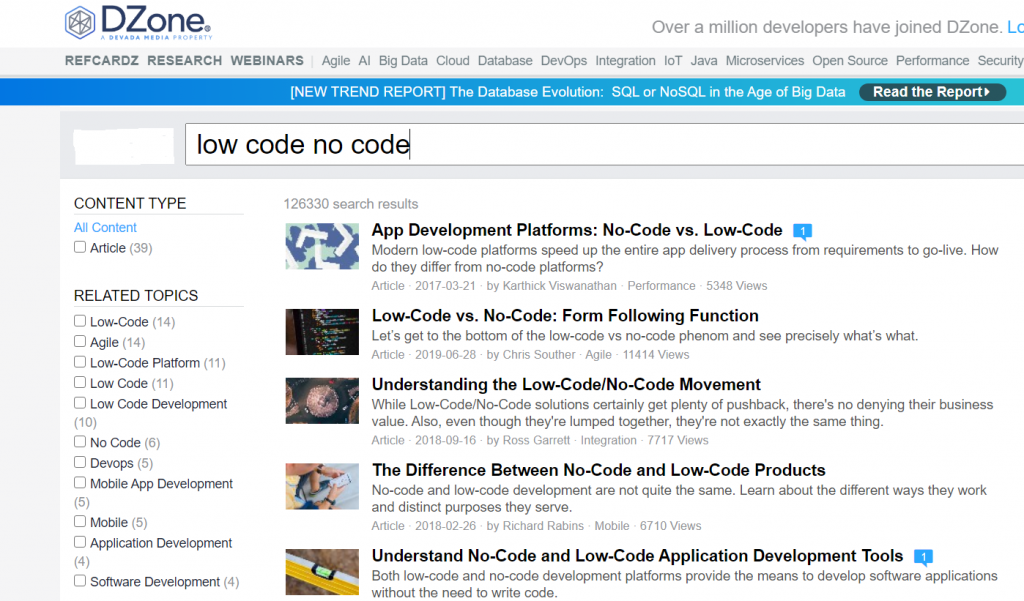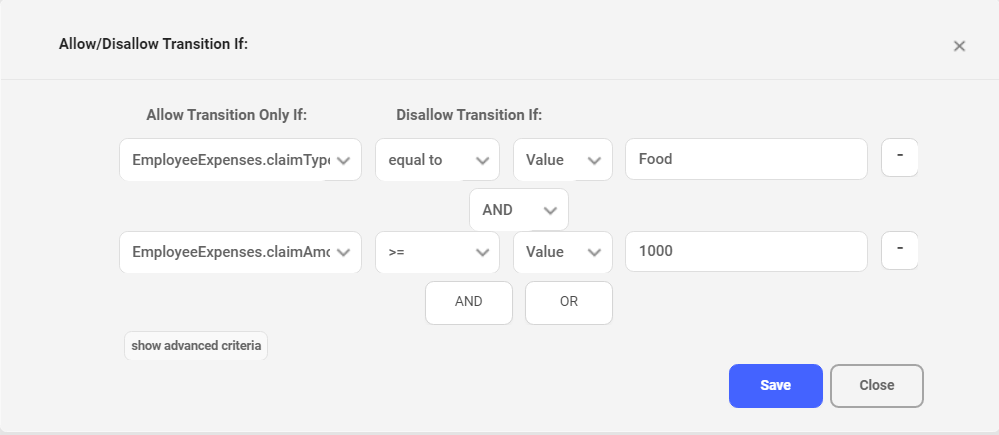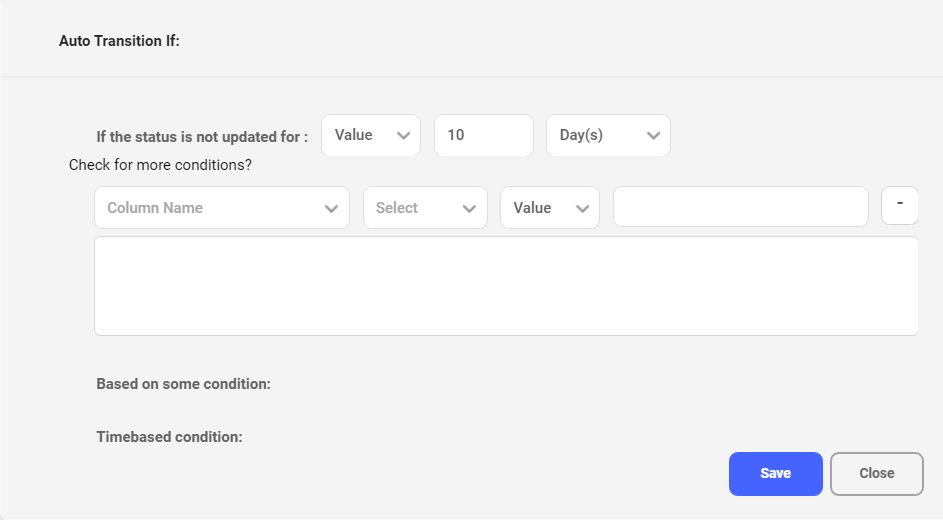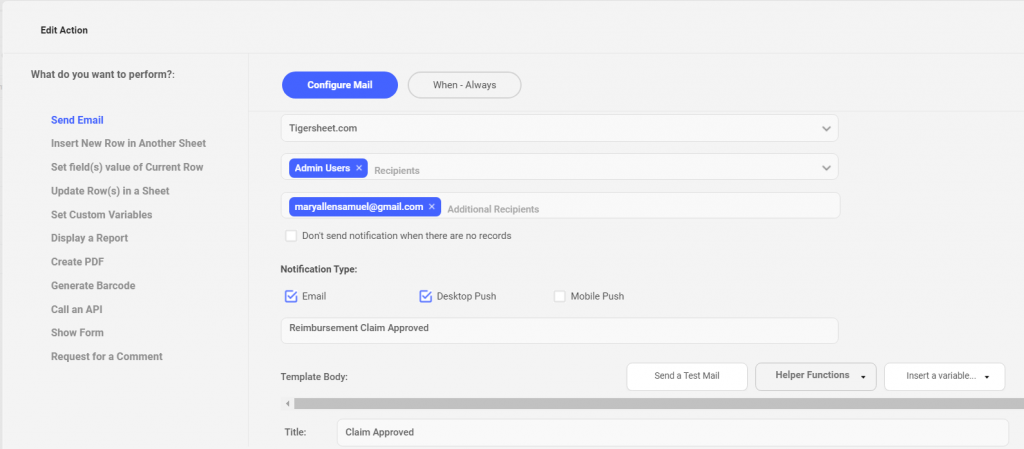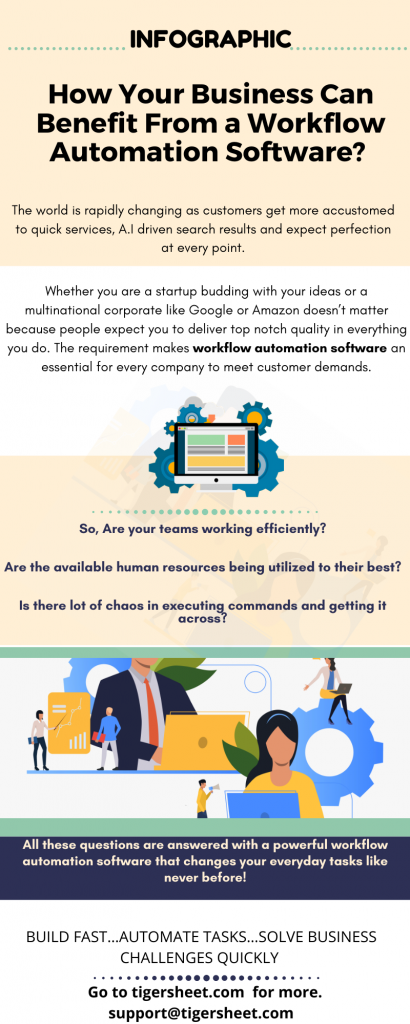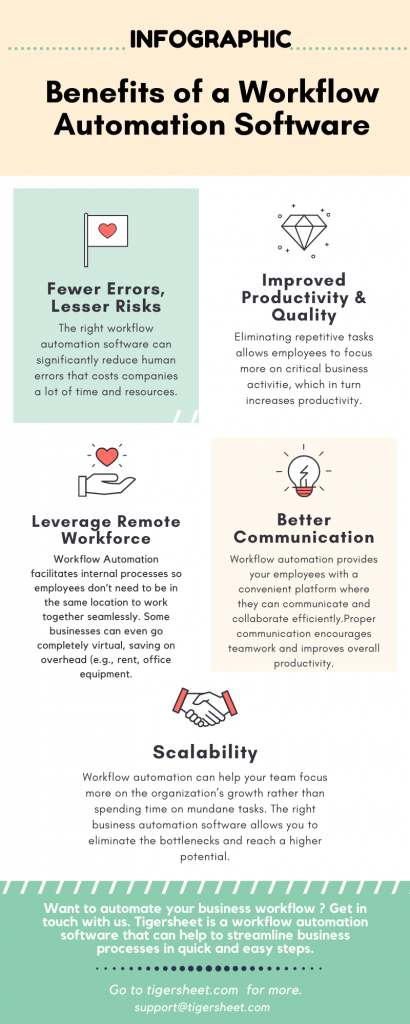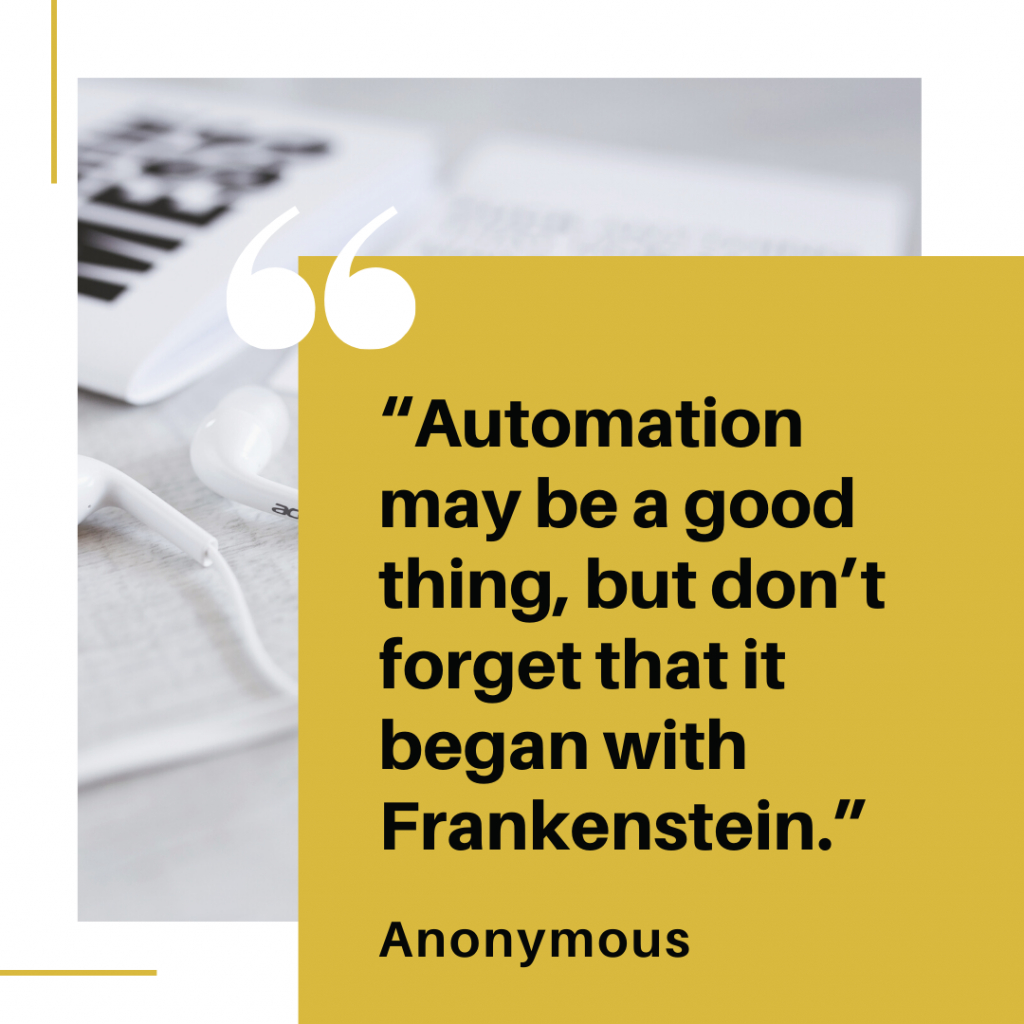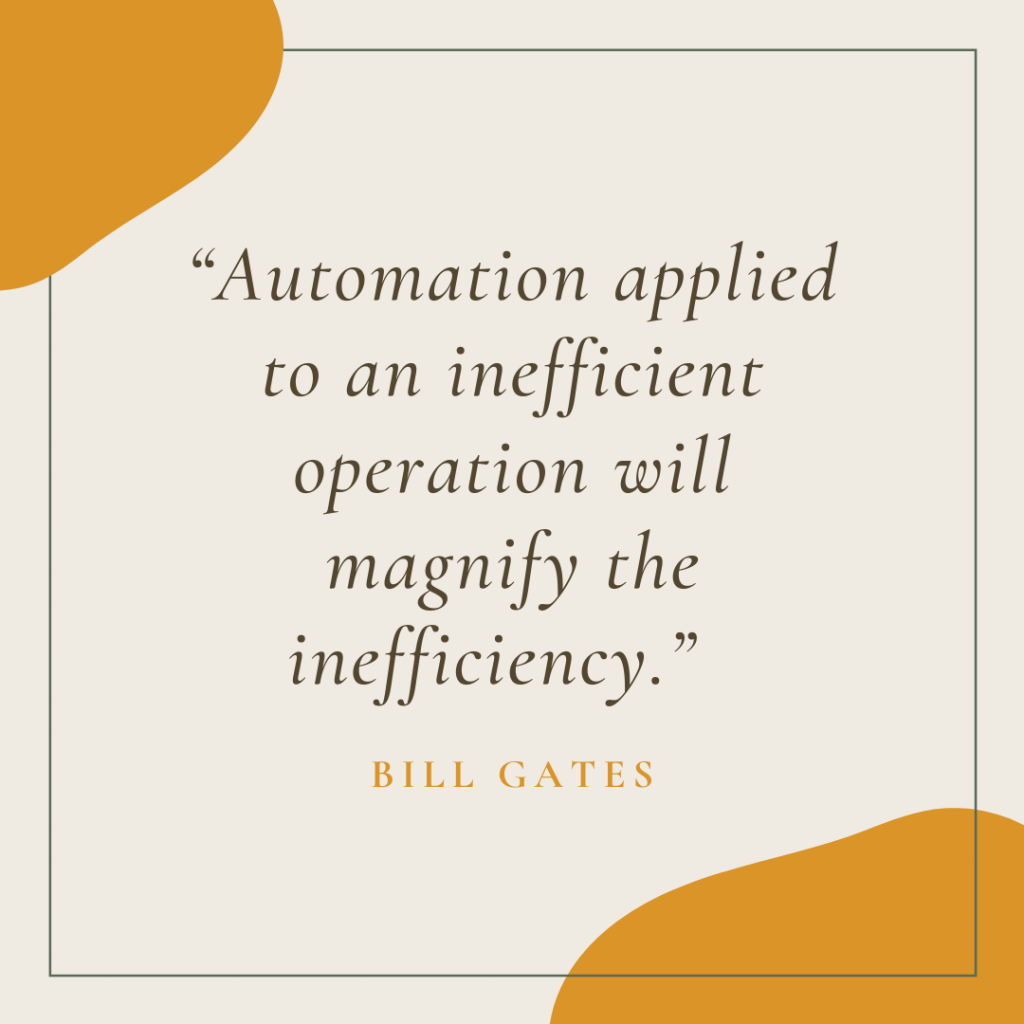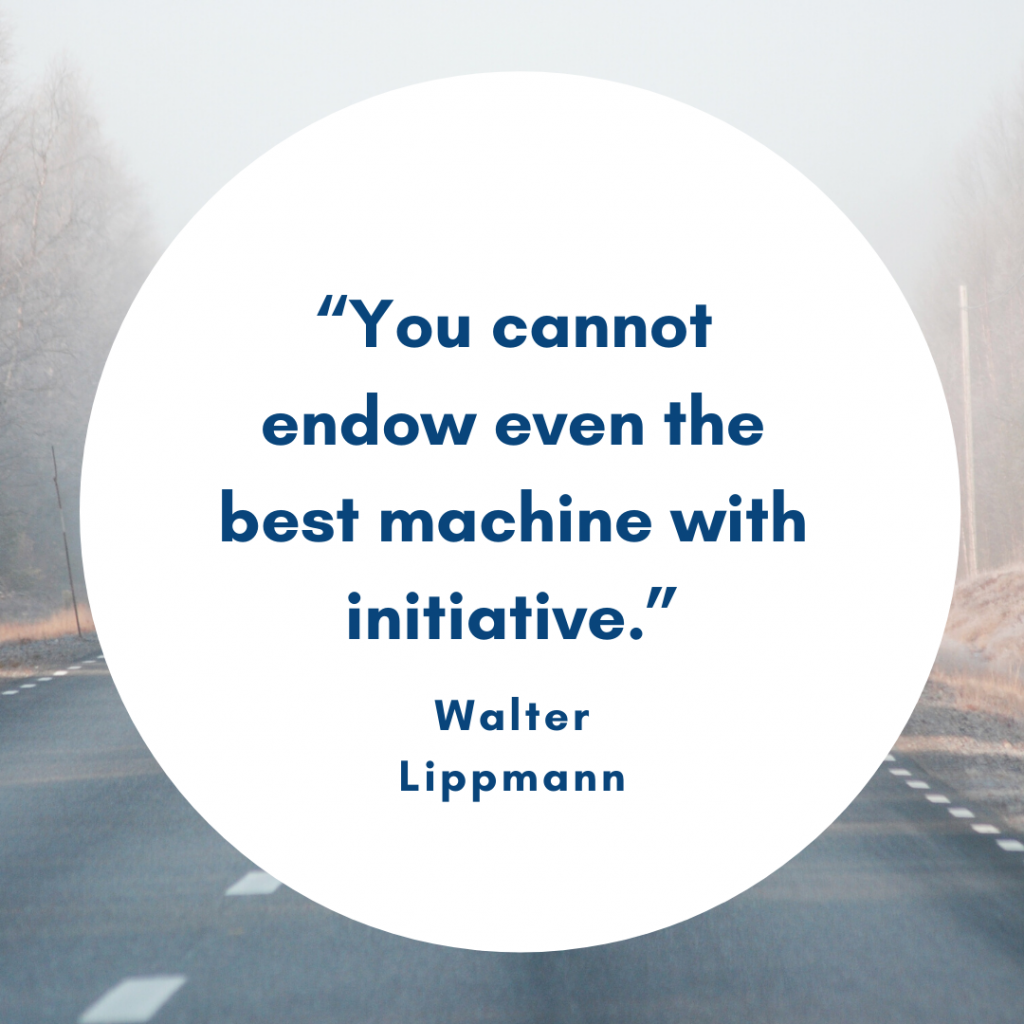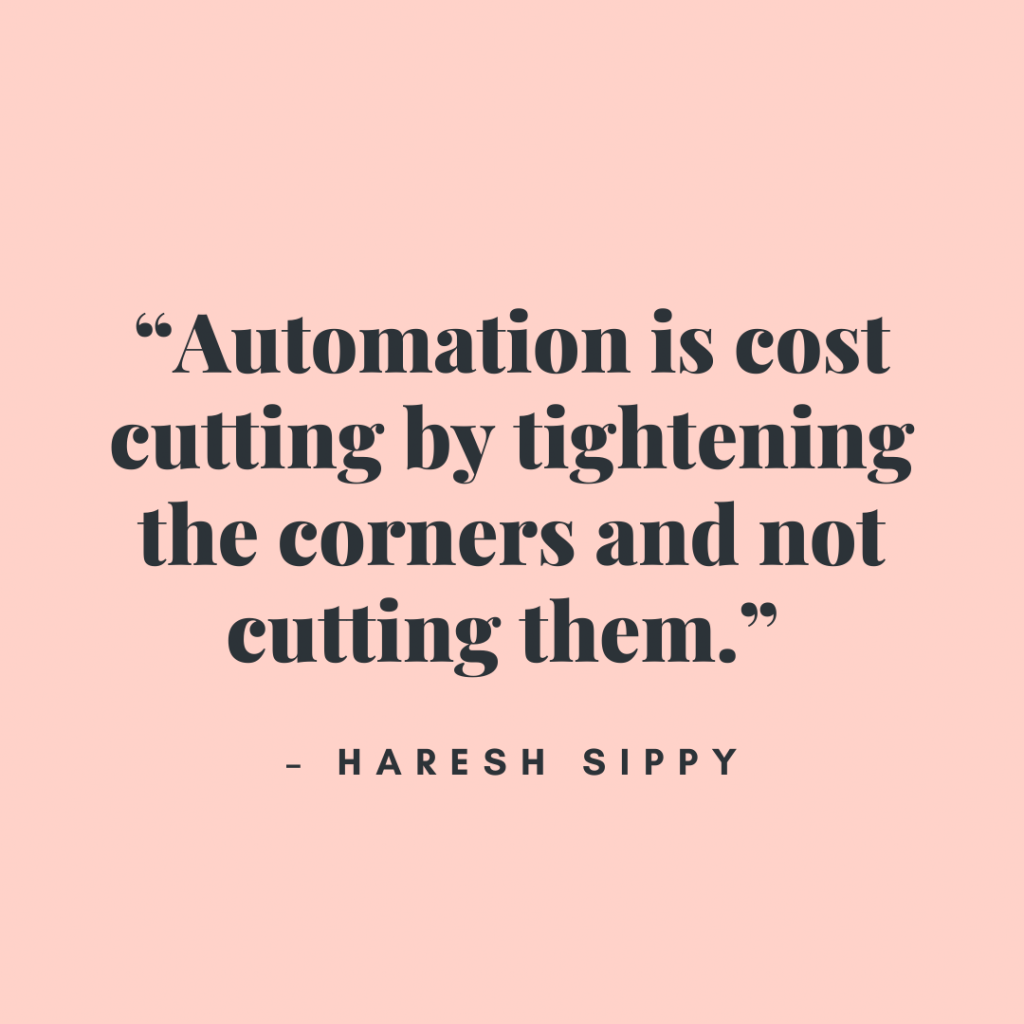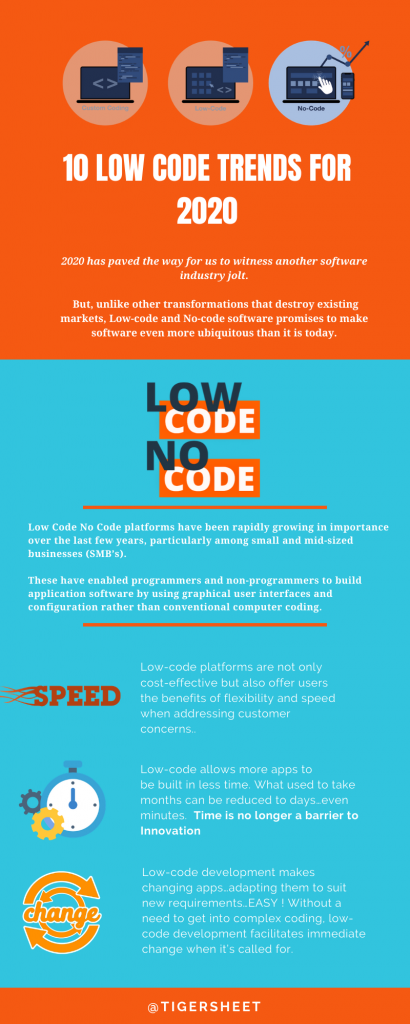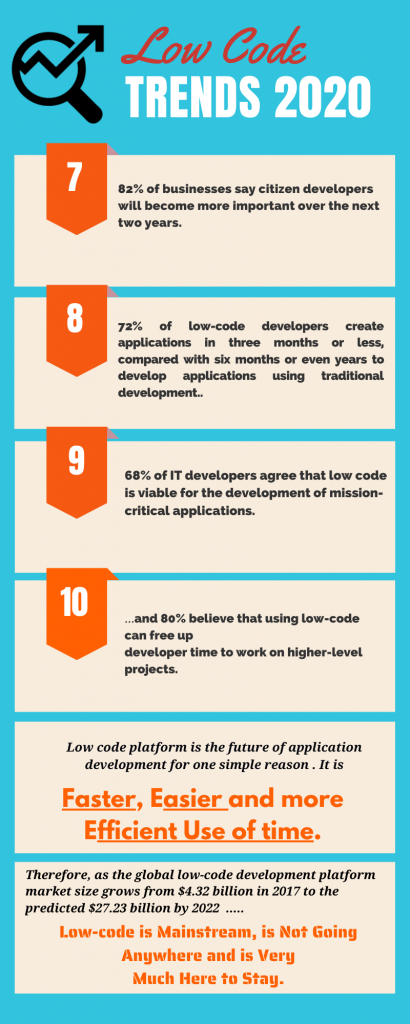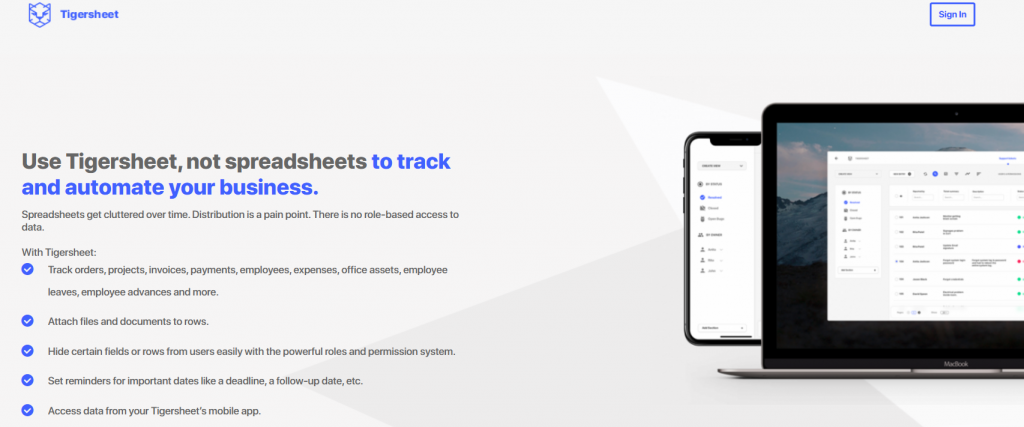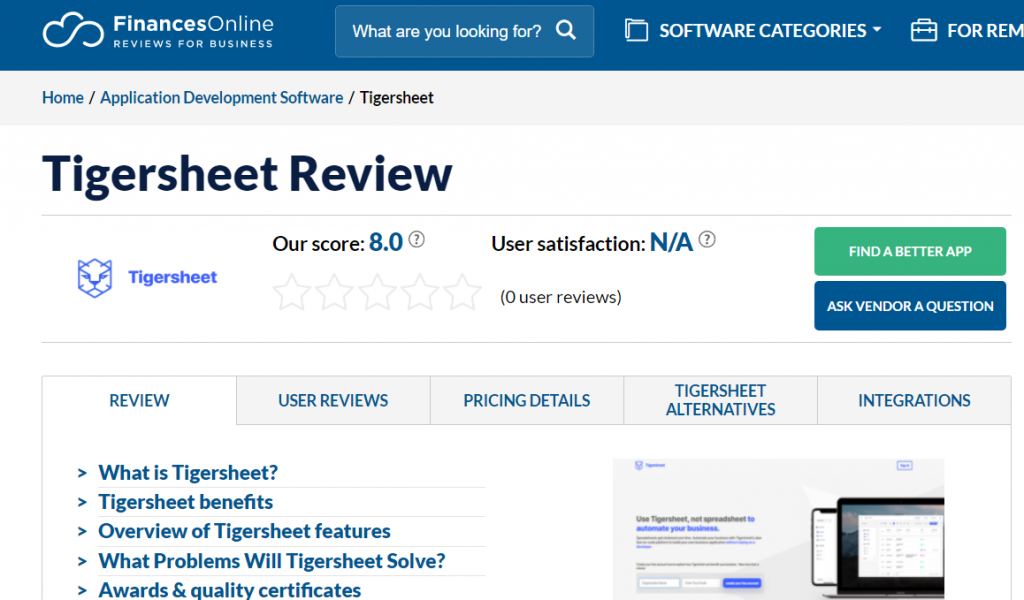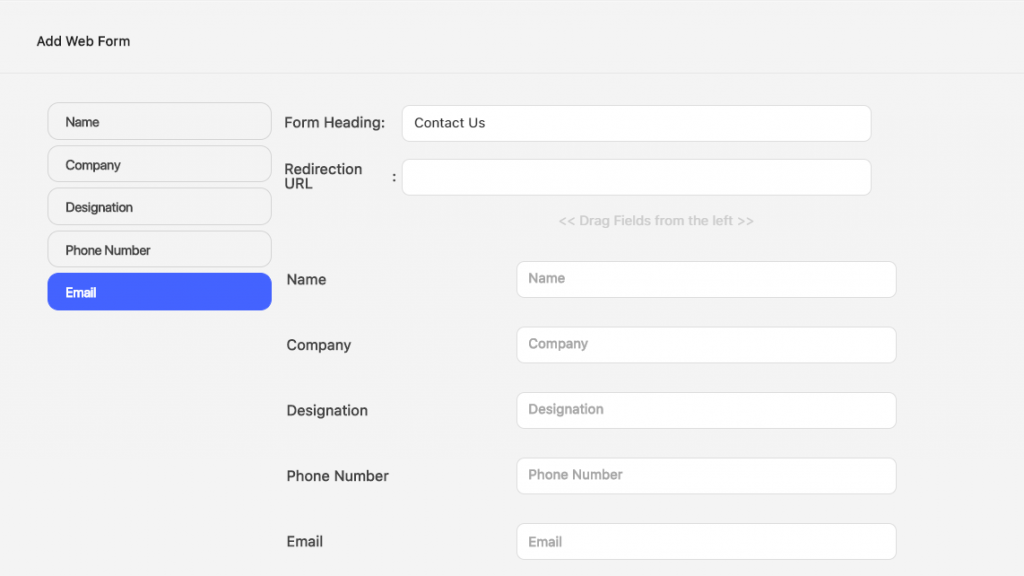Low-code/No-Code development platforms make a lot of promises; lower costs, faster development, and fewer errors are just at the top of the list. However, once companies decide to move forward with a particular platform, they often forget to measure if these tall claims are true. Often, the success of an LCNC platform is determined more by the gut feeling of IT leaders rather than hard data.
When people mention ROI, their thoughts first go to money. But while there can be a great direct financial benefit of a low-code/no-code platform, the larger advantages are only linked tangentially to money.
The good news is that promises made by low-code/no-code platforms make are mostly real and not over-inflated — that’s assuming you pick the right one, and use it carefully. Just because it’s hard to make a clean financial line, IT leaders often don’t carefully research and share the benefits.
And that could be a big mistake.
Picking the Right Platform
Before you start counting up the numbers for your low-code platform, there are different types of platforms out there. Choosing the wrong one will quickly land you in negative financial figures. There are three main categories of low-code development platforms.
The first: general-purpose platforms, which enable teams to create apps that can do basically anything they can imagine, and be deployed on any operating system. These tools are favorites of seasoned developers, who appreciate enhanced superpowers that shave time off development cycles by letting them quickly deploy and edit new applications.
Second: mobile app development platforms, which are mostly geared toward creating mobile apps alone. Again, the functionality of the application can be pretty wide, but instead of deploying anywhere, MADPs are used mostly for churning out apps that will live on a phone. Some low-code tools help mobile developers work faster, while others make it less scary for non-programmers to try their hand at app creation.
Third: business process platforms. These create separate applications that help automate regular business processes such as purchase requests, time-off approvals, and travel reimbursements. Automated business processes take a set of data through a specific sequence of steps or approvals to complete the process. They create a smooth-flowing infrastructure that can handle large numbers of requests running through the system.
Identifying Core Goals
All the low-code/no-code development platforms out there fall into one of two groups.
Some exist to make development easier for programmers. Others exist to make it easier for non-programmers to make applications.
It’s rare (practically impossible) to find a single platform that does both very well.
Before you start to measure the success of the platform, be very clear about which goal is more important for you. If you aim to help out programmers, look for metrics that talk about improving the quality and output of the IT team. If you want to involve non-programmers (or citizen developers), look for indicators that talk about digital transformation and explosive growth.
So how can CIOs and other IT leaders see and demonstrate the real value they get from low-code?
Here are five metrics you can use to measure the ROI of your low-code platform.
-
IT Expenditure
This is the most direct financial metric you can use to calculate the ROI of a low-code/no-code platform. There are two major areas where low-code can reduce IT spending significantly. The first is the cost of hiring new developers. If you want your existing developers to be twice as productive on low-code, it should directly result in fewer developers needing to hire. Most developers come at a significant cost, usually more than the cost of the platform, which may be reason enough to try low-code.
The second way that low-code reduces IT spending is by reducing the number of single-point solutions the company uses. Most organizations have licenses to dozens of software tools, many of which only help a single department. By leveraging low-code, you can create your own applications and automated processes and reduce dependency on multiple 3rd-party vendors for many single-point solutions.
-
Digital Transformation Progress
For most IT leaders, digital transformation is a major focus and priority; low-code platforms can help get you there faster. Whether it means your developers are building more homegrown solutions that bring departments into the digital fold one at a time, or that you are unleashing the power of business process management onto your entire organization, low-code can give you a huge boost in reaching your goals.
-
Reducing IT Backlog
Most IT teams face a long list of priorities they need to tackle. And every day, the list grows.
With a low-code/no-code platform, the IT backlog can be tremendously reduced. If programmers are equipped with an efficient solution, they might be able to knock out the biggest projects in a fraction of the time it usually takes them. Or, if business leaders are capable of creating their own solutions to their IT requests, you can watch as an entire wave of projects vanishes from the IT queue as citizen developers take on their own priorities.
-
Increasing IT Output
IT output is always high in the minds of IT leaders. A low-code/no-code platform not only means that your developers can do more projects, but also that they can work on higher quality and more mission-critical projects. How? Because they won’t have to deal with creating lots of simple applications that business leaders can build for themselves. Tracking and calculating the output of completed projects, both in terms of number and impact, is a great way to judge a low-code platform’s value.
-
Reducing Stress Factors
One of the most overlooked metrics is the general health and level of chaos that is tolerated within an organization. Are teams constantly at each other’s throats? When you give a business leader a timeline for completing a project, do they drop their jaw in disillusionment, or are they satisfied with the pace of work? How often are issues escalating to IT leaders? While seemingly intangible, these benefits might be the most useful for an organization to show how low-code is making a difference.
Whether you are a large enterprise or an emerging SMB, a low-code platform can provide lots of dividends. Armed with new metrics, you can experiment with new low-code solutions to see which one is right.
Identifying your primary success metrics is the best place to start. Are you primarily looking for a tool for decreasing the IT backlog? Reducing stress? Advancing digital transformation?
A Look at Tigersheet
Tigersheet is a great place to start your low-code/no-code exploration. It is the ideal tool if you want to open up process application creation to everyone in your organization. Tigersheet goes beyond no-code and provides a completely code-free environment that anyone in your organization can use to create an automated process. And with a per-user pricing plan, it is one of the most affordable options as well.
For a free trial of Tigersheet to see if it is right for you, go to https://tigersheet.com/



